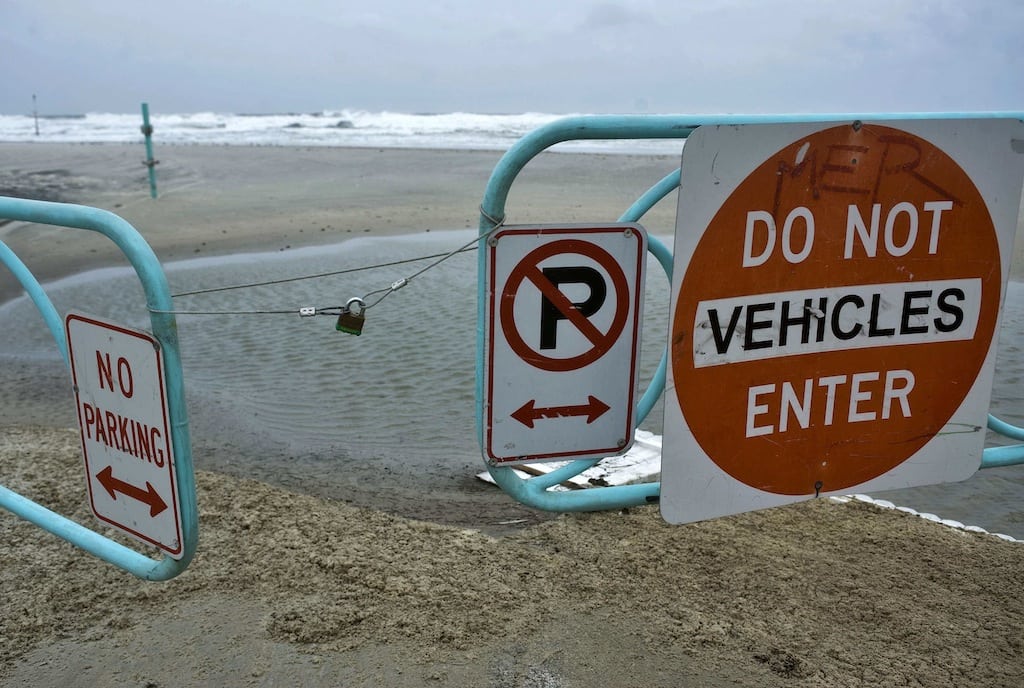Skift Take
Is the hurricane prediction business getting more unpredictable? It's hard to tell, but it sure feels like it.
Every hurricane season is different, yet history shows some interesting trends.
For example, an analysis of storms over the past 100 years shows Florida was hit most frequently (21 times) by Category 1 systems. Next most likely to hit: Category 3’s (18); 2’s (17);4’s (6) and then 5’s (2).
Major hurricanes have struck Miami-Dade County more frequently than any other stretch of the U.S. coastline. Yet the last one to make a direct hit was Andrew, 21 years ago, and in the same period the Panhandle was struck three times.
And while they represent only about 20 percent of all hurricanes, major systems cause about 85 percent of the total damage in the United States.
With the 2013 Atlantic hurricane season starting on Saturday, here’s a Q&A on some tropical twists.
What was the worst decade for Florida storms?
That was 1940-1949, which saw 10 strikes. Other busy decades: nine strikes from 1920-29; eight strikes from 1912-1919 and again from 1960-1969, and seven strikes from 2000 to 2010.
Where have major hurricanes struck Florida?
In the past century, 26 major hurricanes — Categories 3, 4 and 5 — have struck the state.
Of those, four hit Miami-Dade County (1926, 1929, 1945 and 1992); three hit Palm Beach County, (1928, 1933, 1949); and one hit Broward County, a Category 4 in 1947 that slammed Fort Lauderdale, killing more than 50 people.
Two hit Monroe County, the Category 5 Labor Day Hurricane in 1935 and Category 3 Hurricane Betsy in 1965.
In recent times, which Florida coast has been pummeled worst?
Since 1990, it’s the west coast and Panhandle. They have had five major hurricanes (Category 4 Opal in 1995, Category 4 Charley in 2004, Category 3 Ivan in 2004, and Category 3 Dennis and Wilma in 2005).
The east coast was hit twice: Category 5 Andrew, (south Miami-Dade in August 1992), and Category 3 Jeanne, (near Stuart in September 2004 — the same area Hurricane Frances struck less than three weeks earlier).
Is the U.S. more likely to be hit by a major hurricane during a busy season?
Yes, but the change in odds may be only slight. And even if scientists predict a busy season, there are several important factors they can’t know this early in the season that could determine the likelihood of a major hurricane strike. For example, they don’t yet know where most hurricanes will form or what the steering patterns will be that determine the course hurricanes travel. Both of these factors will play a key role in determining whether more hurricanes strike the U.S.
Which gets hit most often — the East coast or the Gulf of Mexico?
About 60 percent of hurricanes that strike the continental United States hit the Gulf coast and the other 40 percent hit the Atlantic coast. The proportion is about the same for major hurricanes.
How much damage have various categories of hurricanes caused?
According to the hurricane center’s list of 30 costliest storms, Category 3 hurricanes left more than $239 billion in U.S. damage since the 1930s.
Six Category 2 systems caused $65.47 billion in damage, while two Category 5’s, Andrew and Camille in 1969, cost $58.54 billion.
Three Category 4s — Charley in 2004, Hugo in 1989 and Donna in 1960 — left $33.95 billion in damage.
Sandy, which was no longer a hurricane when it hit the East Coast last year, caused more than $50 billion in damage.
How accurate are hurricane season predictions?
Forecast teams rarely get the exact number of storms correct. However, in terms of predicting whether seasons will be busy or slow, the two premiere forecast teams, the National Oceanic and Atmospheric Administration and Colorado State University, have been on target more than 80 percent of the time. Each botched last year’s outlook, initially calling for a slow to normal year, and it ended up being the third busiest on record.
[email protected] or 954-572-2085. ___
![]()
The Daily Newsletter
Our daily coverage of the global travel industry. Written by editors and analysts from across Skift’s brands.
Have a confidential tip for Skift? Get in touch
Tags: climate change, florida, sandy
Photo credit: A padlock holds an entrance gate closed to block vehicle access to the beach in Daytona Beach, Florida, as Hurricane Sandy passes offshore October 26, 2012. Steve Nesius / Reuters
